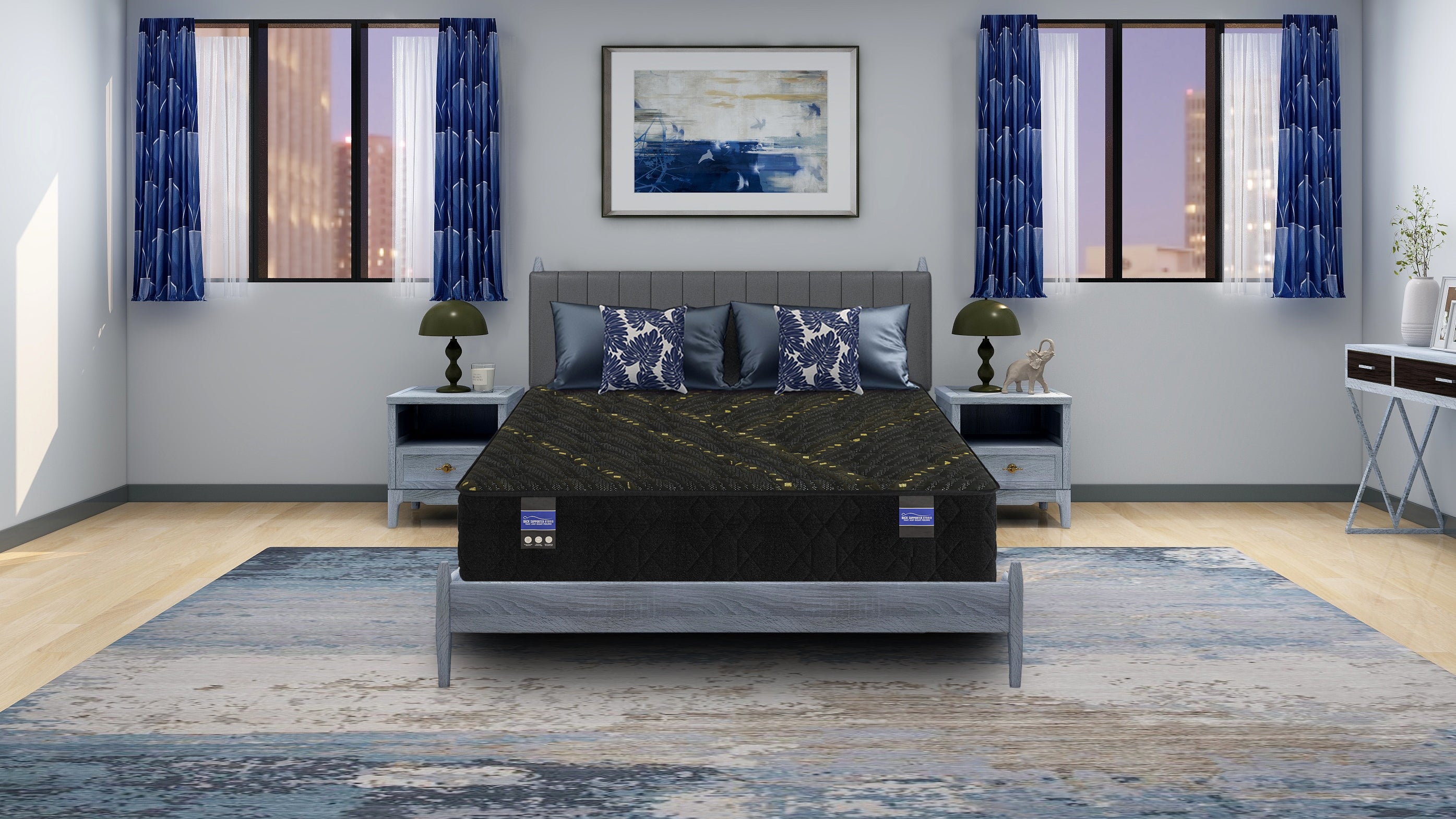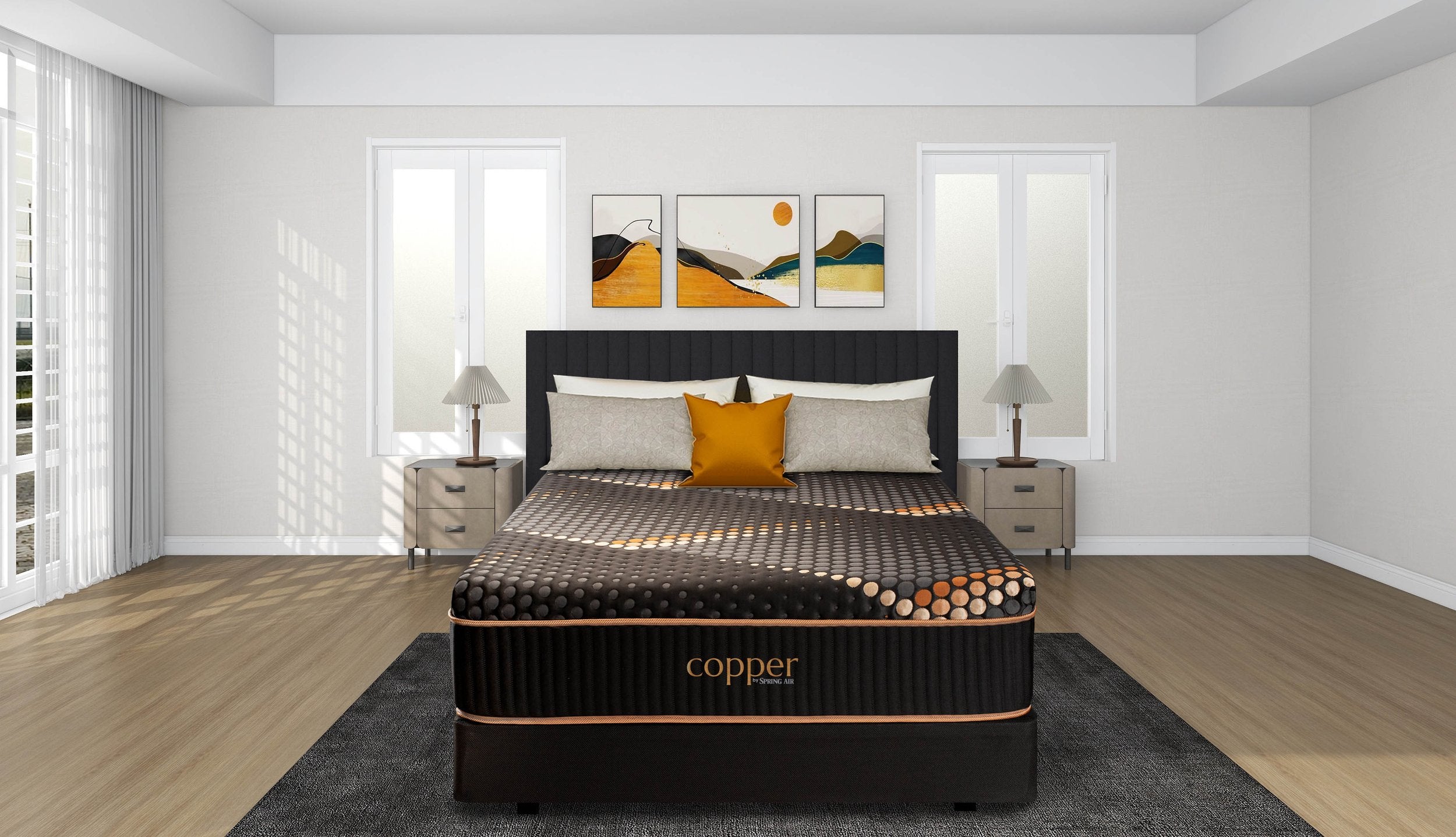Cooling Technologies Decoded: Why Copper Outperforms Gel & Graphite Foams
From gel beads to phase-change coatings, the mattress industry promises cooler nights—but not all tech is created equal. Here’s an evidence-based look at three popular approaches and why Spring Air chose copper for its flagship cooling line.
How Each Technology Removes Heat
| Tech | Heat Transfer Method | Lab TC* (W/m·K) |
|---|---|---|
| Gel-Infused Foam | Conduction via microbeads | 0.40 |
| Graphite Foam | Conduction + dispersion | 0.60 |
| Copper-Infused Foam | High conduction & ionic convection | 1.05 |
*ASTM C177 tests; higher = better conductivity.
Copper’s Added Antimicrobial Advantage
ISO 22196 studies show copper can suppress common mattress-borne bacteria (e.g., S. aureus) by > 99 % within two hours.
Real-World Cooling Tips
- Pair copper foam with breathable Tencel® or cotton sheets.
- Maintain bedroom temperature 60–67 °F (Sleep Foundation).
- Use a slatted base to enhance underside airflow.
Frequently Asked Questions
Does more gel automatically mean more cooling?
Only up to a point—excess gel can harden foam, reducing comfort.
Will copper discolor over time?
No—copper particles are internal; surface appearance stays uniform.
Is copper safe during MRI scans?
Yes—ions are locked inside the foam and are non-metallic at the surface.








